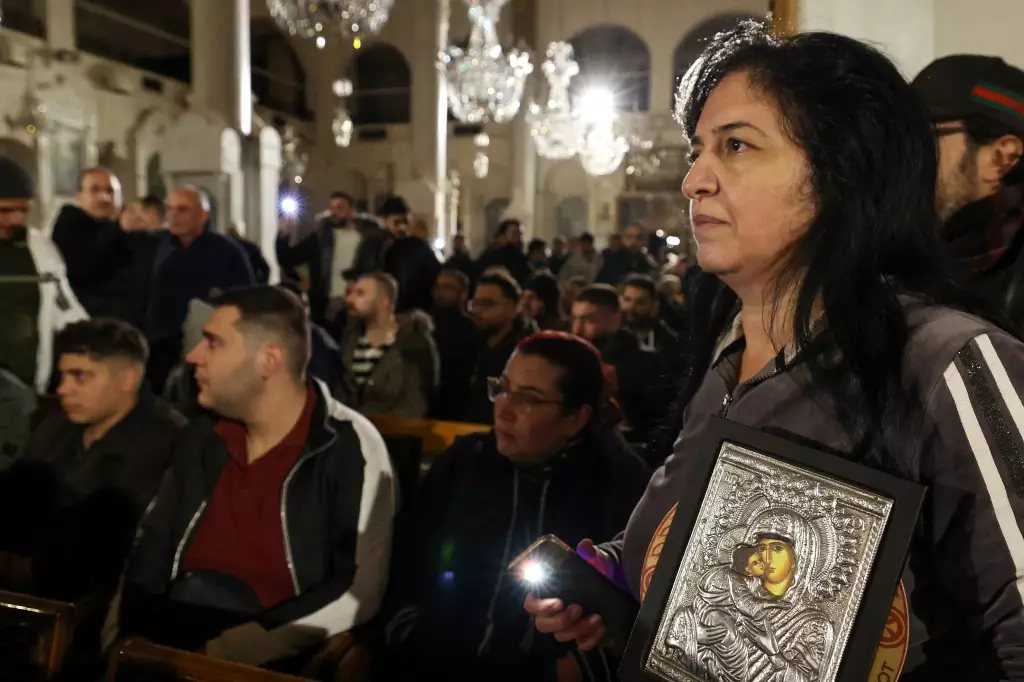The end of a tumultuous year for Syria has seen the country grappling with a resurgence of civil unrest, particularly following the incendiary act of burning a Christmas tree. This event took place in Hama, a city that is home to many Christians, which drew widespread condemnation and protests throughout the nation. The incident underscores the fragility of a society trying to navigate its identity in the aftermath of a long and brutal regime. Demonstrators flooded the streets of various cities, including the capital, Damascus, calling for greater protection of religious minorities who face hostility during this sensitive rebuilding period.
The act of vandalism against the Christmas tree highlights the ongoing struggles faced by Syria’s religious minorities, who constitute approximately 2.5% to 3% of the population. This minority group has historically lived amid tensions, often straddling the line between competing factions within a predominantly Sunni Muslim populace, which encompasses about three-quarters of the Syrian demographic. As the country remains in flux, the need to foster inclusivity and promote peace is more pressing than ever.
Reports indicate that Hayat Tahrir al-Sham (HTS), a controversial faction which played a significant role in the overthrow of the Assad regime earlier this month, is taking steps to quell the unrest. The group’s claim that the individuals responsible for the arson were foreign fighters seeks to deflect blame and restore a sense of security among the populace. Their attempt to repair the damaged tree symbolizes a commitment to unity, even as HTS remains classified as a terrorist organization in many Western nations.
The recent decision by the United States to lift a $10 million bounty on the head of HTS’s leader, Ahmed al-Sharaa, reflects shifting alliances and the complexities of international diplomacy. With al-Assad now seeking refuge in Russia, there is polarization regarding the legitimacy of HTS’s governance. As it stands, the formation of a new power structure poses risks that may exacerbate the uneasy coexistence of different religious communities.
As Syria embarks on its uncertain journey toward stabilization, it is critical that all factions work together to create a new narrative that prioritizes peace over violence. The act of burning the Christmas tree is emblematic of deeper societal rifts that must be addressed. To avoid further divisions, it is essential for leaders to advocate for coexistence and to nurture a sense of belonging among all religious groups.
In the coming months, the international community must play a vigilant role in encouraging dialogue and support for peaceful resolutions. The end goal should be a united Syria where diversity is celebrated rather than suppressed. Through collaborative efforts within the country and constructive engagement with the international community, a more harmonious and democratic Syria could emerge from the ashes of its tumultuous past.

